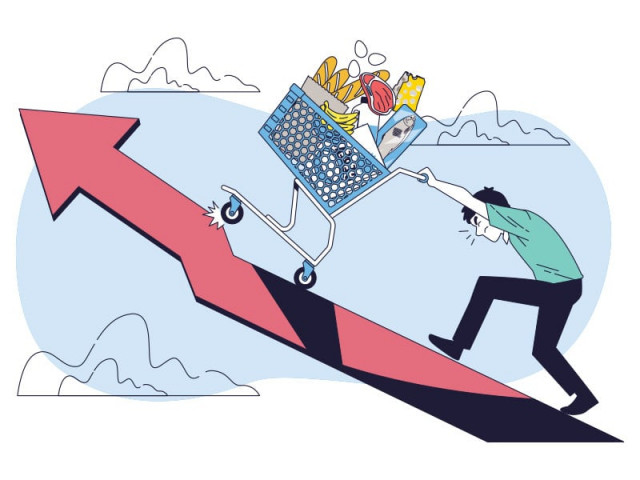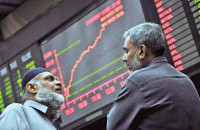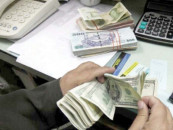Inflation slows to six-year low
Deceleration comes after reduction in prices of non-perishable food items

Pakistan's inflation rate receded to a six-year low of 4.9% in November due to already very high prices and a reduction in rates of some non-perishable food items in cities, providing more room to the central bank to significantly slash its policy rate this month.
Pakistan Bureau of Statistics (PBS) reported on Monday that the inflation rate, measured by the Consumer Price Index (CPI), decelerated to 4.9% in November compared to the same month of last year. The reading was in line with expectations of the State Bank of Pakistan (SBP), but was far lower than the forecast of the finance ministry.
The Ministry of Finance stated last week that inflation may remain in the range of 5.8% to 6.8% and the central bank expected inflation to stay close to 5%. The State Bank will hold the next monetary policy committee meeting on December 16 for a decision on the policy rate. It has already cut the rate from 22% to 15%, but it is still far higher than the prevailing inflation. It is the lowest rate since December 2018 when the closely watched reading was at 5.4%, showed the PBS data.
"The slowing rate of inflation is a big story," Finance Minister Muhammad Aurangzeb commented on Monday just minutes before he requested for keeping the media away from the meeting of the National Assembly Standing Committee on Finance. He sought an in-camera session of the committee to withhold information about the missing targets under the International Monetary Fund (IMF) loan programme.
The finance minister said that the inflation trajectory was moving south and irrespective of the 15% policy rate, the six-month treasury paper yields had already come down to around 13%. The reduction in interest rate will partially ease the government's fiscal problems, which have been augmented by missing the five-month tax collection target by a record Rs341 billion.
With the current inflation trend and expected interest rate cuts, the consumer financing would get a boost, said Aurangzeb. For the current fiscal year, the government has set the inflation target at 12% but the IMF sees the indicator at 9.5% by the end of the year. Average inflation during the first five months (July-November) of the current fiscal year remained at 7.9%, which was much lower than the annual target.
Core inflation, calculated after excluding the energy and food items, saw a mixed trend. It accelerated to 8.9% in cities, suggesting there might still be underlying inflationary pressures. But it decelerated to 10.9% in rural areas.
Average core inflation is almost 5% lower than the policy rate, which provides room to the central bank to cut the rate by about three percentage points. Nonetheless, the central bank sees a gradual uptick in inflation from December onwards due to the phasing out of base effect.
The annual inflation rate in urban areas slowed down to 5.2% but it slightly accelerated to 4.3% in villages last month, according to the national data collecting agency. PBS data showed that food inflation lowered to 1.7% in cities and there was deflation of around 0.2% in rural areas. Prices of perishable food items increased 7.5% in November on an annual basis because of a surge in prices of onions, fresh vegetables, fruits, etc. Non-perishable food inflation further dropped to 1.6% due to a reduction in prices of wheat and wheat flour.
Details showed that on a yearly basis, the prices of pulses increased 72%, fish 27%, milk powder 21%, meat 21%, honey and onions nearly 20% and chicken 8%. But prices of wheat and wheat flour were lower by one-third in November over a year ago due to the decision on phasing out the wheat support price. While the slowing inflation is providing a sigh of relief to the people, it has worried the Federal Board of Revenue (FBR). The FBR is attributing its poor enforcement measures to the slowing inflation, sluggish growth in large-scale industries and single-digit growth in imports. But it has not given the reasons for its failure to go after the traders and plug the enforcement gaps.



















COMMENTS
Comments are moderated and generally will be posted if they are on-topic and not abusive.
For more information, please see our Comments FAQ